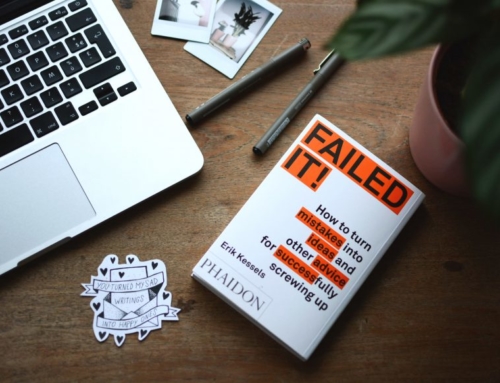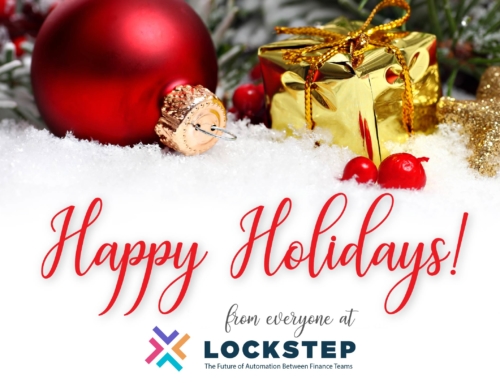Business-to-business, or B2B, collections can be a much lengthy transactional process than what most would consider. Everything from billing, decision making and customer relationship is different. A B2B environment also tends to have less customers than a commercialized environment would, making collecting on invoices all the more important for cash flow. This results in needing to take a more specialized approach to B2B collections.
There three main differentiators of B2B collections from business to consumer (B2C):
DECISION MAKING
B2C:
In a business to consumer situation, the consumer is usually the only one making the decision. Due to this one-on-one interaction, the decision making process is short. Once the consumer has vetted through different vendors and options, the decision to buy is pretty quick.
B2B:
In a business decision, there is a lot at stake. The decision making process usually doesn’t go through one sole person, but vetted through executives, managers and owners. These decision makers will need to take their time to research the business, consider investment and evaluating their needs. This makes the process a lot longer.
RELATIONSHIPS
B2C:
Relationships are pretty easy for B2C. A consumer can purchase the product right then and there and then move on. The relationship is purely transactional, rather than contractual. Further, if you consider a retail environment, there are thousands of consumers in and out every day.
B2B
A B2B collections relationship is a much more complex relationship. It is easier to look at B2B as a partnership than a relationship. The business partnership needs to continually be nurtured in order to keep the client coming back. In order to continue cash flow in a B2B environment with fewer customer, these relationships are extremely important.
BILLING
B2C:
If you have ever been into a mall, restaurant or grocery store, you understand how the B2C billing process works. The product is paid for right then and there. There is typically no invoicing involved, unless it is a pricier option that goes on a payment plan. Even so, a down payment is usually collected at the time the consumer walks away with the product.
B2B:
The billing process in B2B collections is much more difficult. Often times, customers make an agreement to pay a large sum of money over an extended period of time. Since there is a partner relationship between businesses, there is a trust that they will pay their invoices on time for the services or products purchased. If payments are paid late or are overdue, the accounts receivable department is working in over drive to collect.
THREE TIPS TO HELP B2B COLLECTIONS
TIMING
Have a schedule for when you are going to send invoices. Clients will be much more prepared to pay if they know the invoice is coming at the same time every month. Further, make sure you are sending follow up reminders once the invoices goes past the due date. Have a schedule for X number of days past the due date that you will send these reminders.
TAKE ADVANTAGE OF TECHNOLOGY
An automated accounts receivable software is extremely helpful in B2B collections situations. The software can put invoicing on autopilot, so that the process is completely hands-off. You can set alerts for past due accounts and prioritize actions through workflows. This gives you more time to ensure you collect on overdue payments, instead of wasting time writing and sending the invoices.
ENFORCE DEADLINES
As talked about previously, your relationship with your customers in B2B collections is extremely important. Therefore, this should be used carefully. However, if you have customers who continually pay late, start enforcing the deadline. Inform these late payers that they will start incurring a 3% late fee and follow up on your word.
B2B collections is a very different process, through and through, than B2C. It may be more complex, but luckily there are a lot of great tools and ways to automate the process. By getting a thorough plan in place for your B2B collections, you can focus your efforts on more important things.




